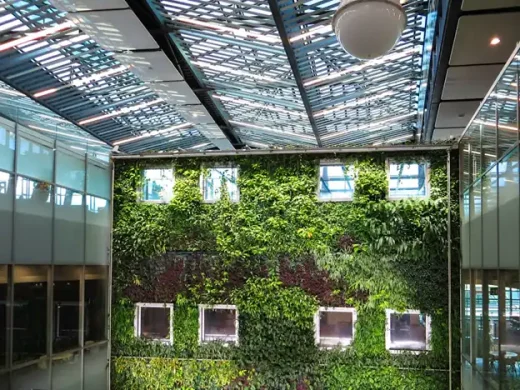Sustainable staging practices in modern architecture, Apartment furnishings guide
Sustainable Staging Practices in Modern Architecture
24 September 2024
The days of modern architecture look brighter than ever. One of the major reasons is the growing trend of sustainability and eco-friendly practices. As such, it’s making its way in the architectural space.
Not only is it perfect for aesthetic purposes, but staging has also been perfect for those looking for something more environmentally conscious when it comes to the designing and staging process.
We will be discussing some of these practices in this guide. We will also be talking about how staging can have an excellent impact on the circular economy as well. Let’s dive right in and discuss what you need to know.
Staging and the Circular Economy
To define the circular economy, the products are created with the lifecycle being the priority. Meaning such products should be reused, recycled, and regenerated to ensure that they do not end up getting waste (like all other products do after its initial usage).
In architecture and staging, it can be ideal for those who want to design something such as an apartment using furnishings that are sustainable and can be used over again. When an apartment is staged, there is no need for purchasing new items when the furnishings can be used multiple times over a lengthy period.
Why Are Sustainable Materials in Staging Important
The use of eco-friendly materials can be one of the reasons why sustainable staging is taking center stage more compared to conventional approaches. Using materials like reclaimed wood or bamboo have proven their worth because of their durability as well as the minimal carbon footprint that they leave. They can also blend in well with many interiors.
Included with these materials include organic cotton and recycled fibers. This will help improve the eco-friendliness of the space that is being staged.
Renting For Enhanced Sustainability
Renting furniture and decor will be excellent for those who want to extend the life cycle of the product while also using it for staging needs. As such, renting furniture for architectural products reduces and even eliminates the demand for new products – especially when it does its job reducing the overall carbon footprint.
Plus, it can be commonplace for those in both architectural and real estate to set examples of what a home can look like if someone were to buy it and design it based on their own tastes and preferences.
One of the many roles of sustainability is using sustainable materials that will last many years. Especially when it’s furniture that is made from such materials that can withstand multiple uses and moving around from one place to another constantly.
Final Thoughts
Sustainability is no longer a buzzword. It’s something that is taking shape day after day and the environment is benefiting from it. In modern day architecture, sustainable staging has played a huge role in making sure that many furniture and other products made from sustainable materials are being used over and over again – all without the risk of potential wear and tear that could lead to new replacements.
The circular economy and the concept of it appears to be gaining traction. Reducing waste is the ultimate goal and the lifecycle of many products looks to improve thanks to the practices of consistent reuse, recycling, and regeneration – increasing the potential for one product being used for years or even decades after its initial manufacturing.
Comments on this guide to Sustainable staging practices in modern architecture article are welcome.
Sustainable Homes
Sustainable Home Design
Green sustainable housing: nature house
Bamboo flooring sustainable homes
Role of sustainability in modern architecture
Sustainable building with timber frame and straw
Green innovations in urban architecture
Home Design
Home Design Articles
Comments / photos for the Sustainable staging practices in modern architecture advice page welcome.






